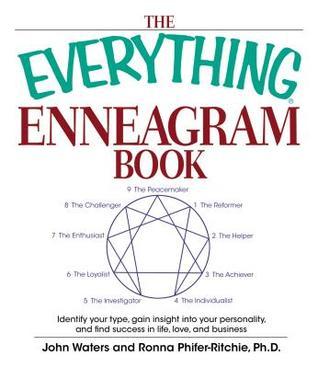
Why Him? Why Her?: Finding Real Love By Understanding Your Personality Type
Book Description
What if the key to lasting love lies within the depths of your personality? Dive into the fascinating world of attraction with "Why Him? Why Her?" as Helen Fisher unveils the science behind romantic connections. Explore how your unique temperament shapes your relationships and reveals the hidden layers of desire and compatibility. Discover the personality types that spark electrifying chemistry, and unlock the secrets to understanding your partner on a profound level. With insights backed by cutting-edge research, are you ready to unravel the mysteries of love and find your perfect match?
Quick Book Summary
"Why Him? Why Her?" by Helen Fisher delves into the science of romantic attraction, arguing that the key to successful, lasting relationships lies in understanding personality types. Drawing from biological, psychological, and anthropological research, Fisher introduces four primary temperament types—Explorer, Builder, Director, and Negotiator—each rooted in different brain chemicals. The book guides readers to identify their own type and explains how these temperaments influence both the partners we are drawn to and our relationship dynamics. Through quizzes, real-life stories, and scientific analysis, Fisher empowers readers to decode patterns in dating and compatibility, ultimately providing practical strategies for finding and maintaining real love based on self-awareness and mutual understanding.
Summary of Key Ideas
Table of Contents
The Four Personality Types and Brain Chemistry
Helen Fisher opens the book by discussing the biological foundations of personality and attraction, positing that nature and chemistry play a pivotal role in whom we desire. She introduces the concept that four different brain systems—dopamine, serotonin, testosterone, and estrogen—drive distinct behavioral and emotional traits, setting the stage for the main premise: each person leans toward one of four personality types. This biological perspective provides an original framework for understanding attraction beyond cultural or surface-level explanations.
How Personality Shapes Romantic Attraction
Each section of the book is dedicated to exploring one of the four major personality types. The Explorer (dopamine-driven) thrives on novelty and adventure. The Builder (serotonin-driven) values stability and tradition. The Director (testosterone-driven) is analytical and decisive, while the Negotiator (estrogen-driven) is empathetic and imaginative. Fisher provides readers with a quiz to identify their own primary temperament and discusses how these traits are expressed in relationships and dating preferences, illustrating her points with anecdotes and scientific studies.
Compatibility and the Science of Matching
Fisher then examines the dynamics of compatibility, revealing how certain temperaments are naturally drawn to specific others. For example, Explorers tend to pair well with other Explorers, while Directors and Negotiators are often attracted to each other. These combinations create different relationship dynamics, influencing communication, conflict, intimacy, and long-term satisfaction. Fisher’s analysis moves beyond simple attraction to address how couples can leverage their differences or similarities to enrich their connections.
Improving Relationships Through Self-Awareness
A key theme of the book is the power of self-awareness in love. Fisher guides readers to reflect on their own and their partner’s personalities, highlighting how this knowledge can improve communication, resolve misunderstandings, and strengthen emotional bonds. She offers actionable advice for handling inevitable differences, using real examples to demonstrate the value of empathy and adaptability in nurturing healthy romance.
The book concludes with practical guidance for applying these insights to both dating and long-term partnerships. Fisher encourages readers to use their understanding of personality types to make more informed choices in love—whether seeking a partner, navigating relationship challenges, or deepening intimacy. She reinforces that self-knowledge and understanding of our biological wiring are essential tools not only for finding love, but also for sustaining it over the years.
Download This Summary
Get a free PDF of this summary instantly — no email required.





